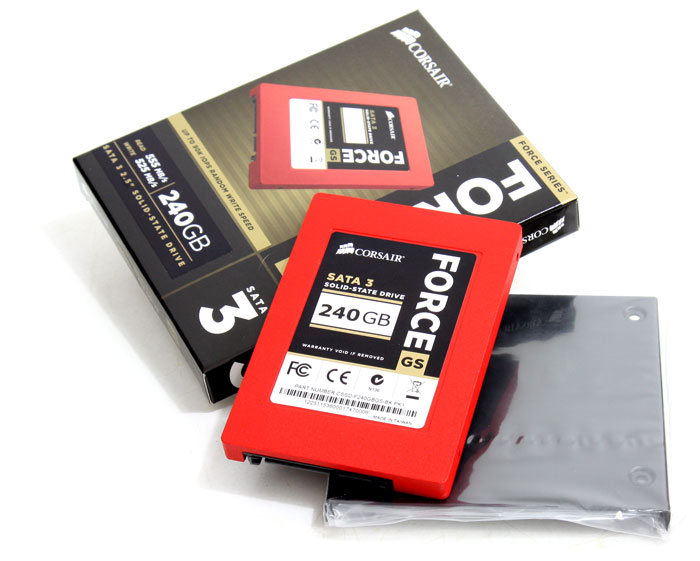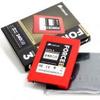Introduction

In the SSD market things keep shifting and changing, including different types of NAND Flash storage ICs. SLC, MLC then synchronous and a-synchronous have been topic of many debates and discussion. A (relatively) new type of FLASH NAND memory is becoming quite popular for SSDs at the moment. Toggle NAND flash promises to boost peak read performance and at a very good price performance ratio.
Toggle NAND flash also offers a faster maximum random 4k write performance of 90k IOPS according to Corsair benchmarks. So the two top dog NAND Flash types to get then are Asynchronous and Toggle NAND when it comes to SSDs.
Corsair introduces the Force GS series, and they are equipped with the 2281 series SandForce controller. Paired with SanDisk Toggle Toggle NAND flash ICs that will increase read and write performance to 555MB/s and 525 MB/s respectively which makes the Force GS the fastest SSDs they have ever brought to market.
However, we stated it already, the market is fierce and competitive, the 2281 controllers have been widely adopted by many players like OCZ's Vertex and Agility 3 series, or Corsair's Force 3 series and so on really. Giving them a huge head start.
The Force Series GS SSDs will be available in a fourfold of drives capacities: 180GB, 240GB, 360GB, and 480GB. Prices (in USD) in the United States start at $189.99 for 180GB, $239.99 for 240GB, $349.99 for 340GB and $489.99 for 480GB capacities. And if you are an enthusiast performance monger, these prices paired with high-speed Toggle Mode NAND look mighty attractive at this price point for roughly a dollar per GB.
With 4K random write performance estimated at 90,000 IOPS (input/output operations per second) the product is definitely in the right performance bracket we like to see Corsair in. But have a peek, after which we'll dive into the technology behind it and obviously we'll present you a nice deep performance overview. In which today we'll also show you some performance results based on different Motherboard SATA controlelrs.


